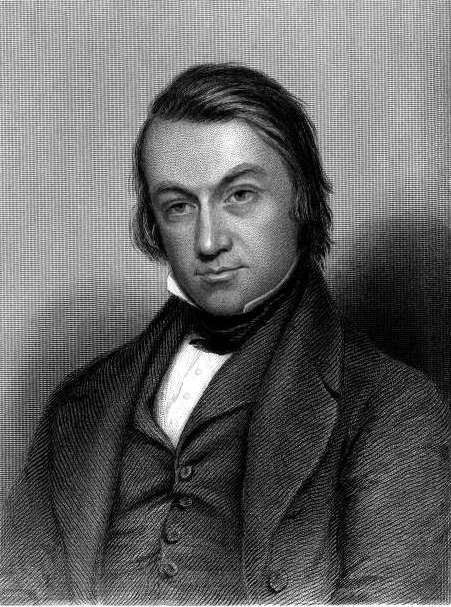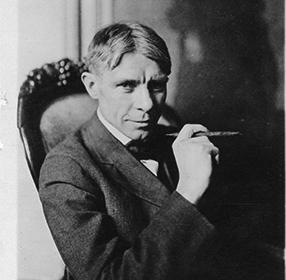Introduction to the Poet:
Henry Charles Bukowski (born Heinrich Karl Bukowski; August 16, 1920 – March 9, 1994) was a German-born American poet, novelist, and short story writer. His home city Los Angeles’ social, economic, political background influenced his writing. His writing deals with the lives of poor Americans, downtrodden of American society, alcoholism, relationship with women, the act of writing and drudgery of work.
Born in Germany and brought to the United States at the tender age of two, he had grown up seeing the society and culture of US. Beaten by his father at the tiniest of offences, bullied by boys of his own age and later on being rejected by women due to his complexion; he was in misery.
Attending Los Angeles City College and dropping out during World War II, he went to New York with the endeavour of becoming a writer. In 1946, he gave up writing and thus followed ten years of no writing which he called “ten-year drunk” in his autobiography. Ending up near death in Los Angeles, Bukowski started writing again, though he would continue to drink and cultivate his reputation as a hard-living poet. He did not begin his professional writing career until the age of thirty-five.
Ham on Rye, Post Office, Dinosauria, We, Darkling, The Soldier, The Wife And The Bum, Notes of a Dirty Man are some of his famous works.
He died of leukaemia on March 9, 1994, in San Pedro, aged 73.
True:
The poem emphasises on the kinds of pain faced by one during everyday lives. The poem is yet a reference to the universal form of pain, the agony that one faces throughout the life. The killing of a cockroach is a cruel method. It hurts the cockroach, and it hurts us too, our vision. Picking up a razor is a pain, a pain of regular habits and monotony. Pain is yet another synonym of everyday life and the kind of feelings of pain associated. The pain, being compared to facing the sun, shows how intimately one is associated with the other: the pain and daily life.
The setting of True:
The poem is set at a time when Bukowski tried to portray the love that he possessed for a woman but was left by. When the art of seduction soared high and when ladies tried to seduce by their posture with hats on. The setting of the poem is rather of lonely thought.
Poetic devices in True:
The poem is written in no rhyme scheme.
Imagery:
“this when you
kill a
cockroach or
pick up a razor to
shave
or awaken in the morning
to
face the
sun.”
This creates an imagery of pain that we face in everyday lives like the pain of killing a cockroach; the death of some animal is yet gruesome. Picking up a razor to save is a method of painful hair removing from the male body. And awakening in the morning to face the sun is yet more painful: specifically for the lazy ones.
Summary of True:
One of Lorca’s best lines is,
“Agony, always
agony …”
think of this when you
kill a
cockroach or
pick up a razor to
shave
or awaken in the morning
to
face the
sun.
Here the poet talks about famous French poet Frederico Garcia Lorca. He tells the reader that according to him Lorca’s best lines were ‘agony always agony’. He further goes on to establish the relevance of this line. He gives three examples to support his point. Firstly, he tells the readers to think of this line while killing a cockroach. It means that even something so insignificant to humans such as killing a cockroach if coupled with this thought may become highly philosophical and reflective of life itself which is filled with agony and will make us feel the agony which the small insect feels is quite large. Secondly, he talks about thinking the above-mentioned line while picking up a razor in the morning to shave. This may signify that if during one of the first activity of the day we think of this line then we will feel the pain of the daily mundane and routine activities. It may also refer to physically getting injured while shaving and knowing that however steady you are life will give you loads of pain even if it’s the first activity of the day. Lastly, the poet tells us to think of Lorca’s lines when we wake up in the morning and face the sun. The poet thus tells us life is full of agony from the time we wake up even the sun may hurt our eyes.
Critical Analysis of True:
The poem ‘True’ by Charles Bukowski starts off by showing the poets appreciation of Lorca’s line ‘agony always agony…’. He then goes on supporting his opinion and establishing the significance and relevance of it in our daily life. Similar to Bukowski’s other poems this poem is a straightforward one. The entire poem is just one single line written in a narrow column. Common to Bukowski’s other poems this poem is also a declarative sentence. Using commonplace examples rather than making up complex philosophical metaphors the poet shows the significance of the line ‘agony always agony…’
Central Theme of True:
The poem ‘True’ by Charles Bukowski deals with the idea that life is filled with agony. Not only that even death is filled with agony as is asserted by the poet in the line ‘”agony, always agony….” think of this when you kill a cockroach’. The poem shows the relevance of the line ‘agony always agony….’ By giving three everyday examples to show us that pain is and will always be there in our life.
Conclusion:
On the conclusion, this is most appropriate to say that the poem is a universal expression of the emotions and pain. The pain, an intimate part of our life is intricately associated with the daily basis and habits that start from killing a cockroach, to shaving and lastly to even facing the sun.
Bukowski’s simple language and wonderful diction make this poem a favourite of the readers.
Contributor: Bidisha Das
Some online learning platforms provide certifications, while others are designed to simply grow your skills in your personal and professional life. Including Masterclass and Coursera, here are our recommendations for the best online learning platforms you can sign up for today.
The 7 Best Online Learning Platforms of 2022
- Best Overall: Coursera
- Best for Niche Topics: Udemy
- Best for Creative Fields: Skillshare
- Best for Celebrity Lessons: MasterClass
- Best for STEM: EdX
- Best for Career Building: Udacity
- Best for Data Learning: Pluralsight
















